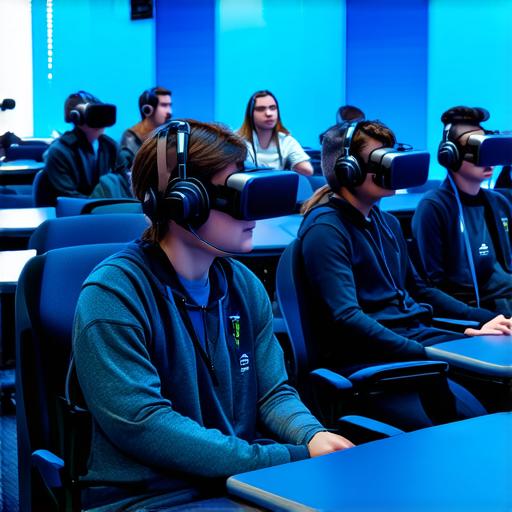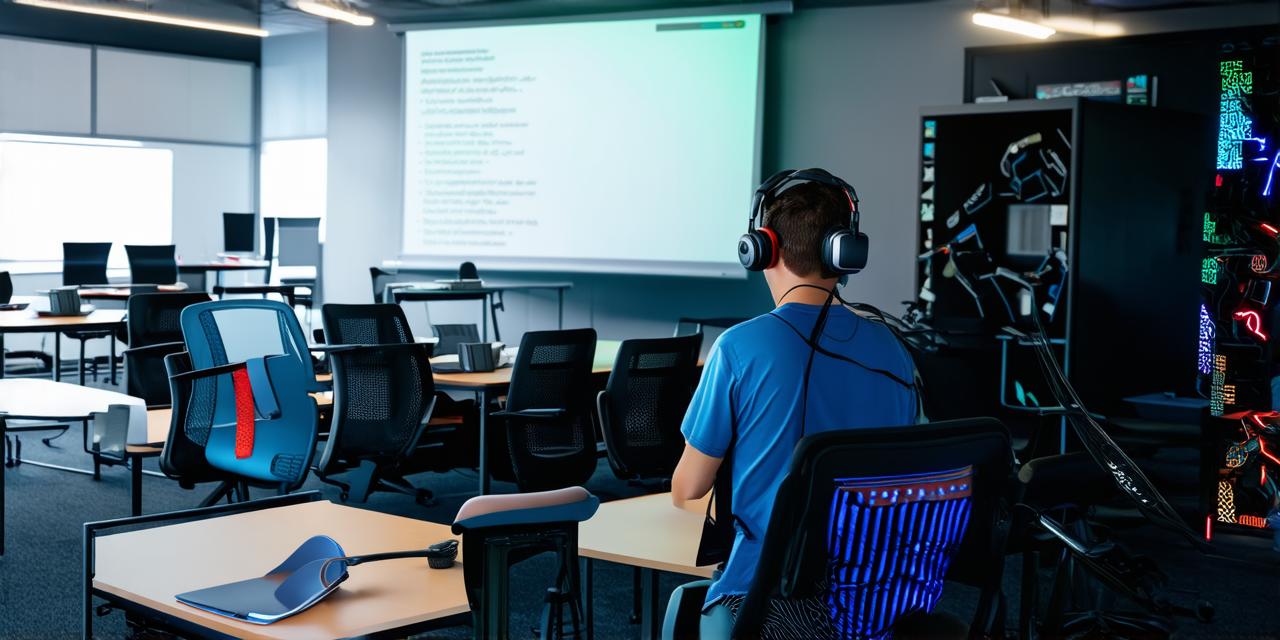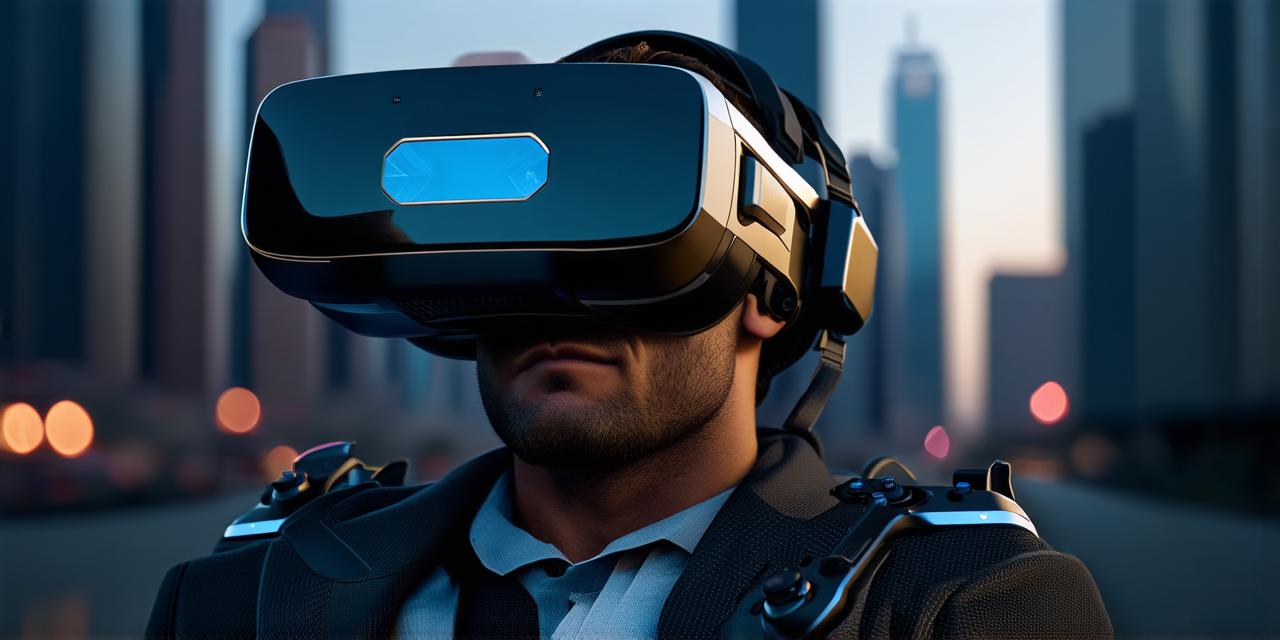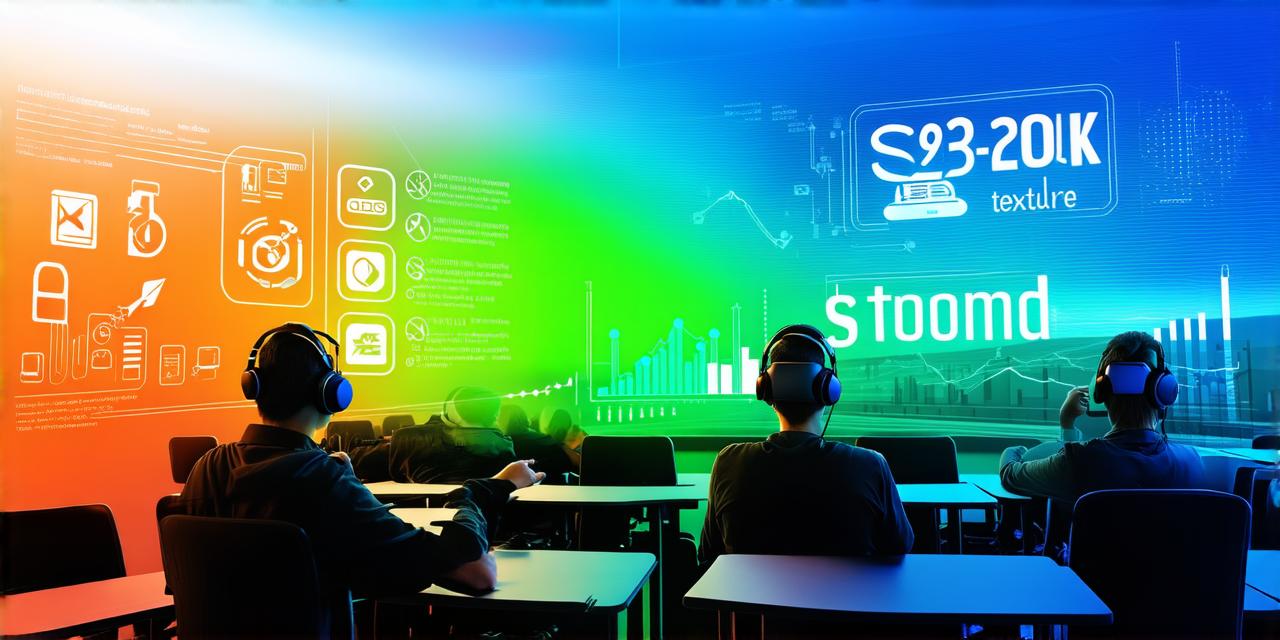The Benefits of Virtual Reality in Education
Virtual reality offers numerous advantages over traditional classroom methods. For one, VR provides students with a more engaging and interactive learning experience. Students can explore virtual environments and interact with objects and characters in real-time, which can help them better understand complex concepts and ideas. Additionally, VR can provide students with a safer and controlled environment to practice skills and perform experiments without any physical risks.
Moreover, VR can also promote creativity and critical thinking skills by allowing students to explore different scenarios and make decisions based on their own choices. This type of learning can lead to more engaged and motivated students who are better prepared for the real world.
Case Studies of Successful Virtual Reality Implementation in Education
Several schools and institutions have already implemented VR technology in their classrooms, and the results have been impressive. One such example is the use of VR in medical education. Students can use VR simulations to practice surgical procedures or explore the human body in a safe and controlled environment. This type of learning can help students develop important skills and knowledge that they may not have had access to otherwise.
Another example is the use of VR in history and social studies classes. Students can use VR simulations to explore historical events and cultures, which can provide them with a more immersive and engaging learning experience. This type of learning can also help students develop a better understanding of cultural differences and historical contexts.

Best Practices for Developing Virtual Reality Content for Education
When developing VR content for educational purposes, it is important to keep in mind the specific needs and goals of your target audience. AR developers must ensure that their VR content is engaging, interactive, and informative. Here are some best practices to consider when creating VR content for education:
- Know Your Audience: It’s essential to understand the age group, interests, and learning styles of your target audience. This will help you create content that resonates with them and enhances their learning experience.
- Keep it Simple: VR technology can be complex, so it’s important to keep your content simple and easy to use. Avoid overly complicated interfaces or controls that may confuse students.
- Make it Interactive: VR offers numerous opportunities for interaction, so make sure to incorporate interactive elements into your content. This can include quizzes, challenges, and puzzles that help students engage with the material.
- Use Real-World Examples: Use real-world examples to illustrate concepts and ideas. This can help students better understand complex concepts and make connections between different subjects.
- Test and Refine: Before releasing your VR content, test it thoroughly to ensure that it is engaging, informative, and effective. Make any necessary adjustments based on feedback from students and educators.
FAQs
1. What types of virtual reality technology are best suited for educational purposes?
…
2. How can VR be integrated into existing classroom curriculum?
…
3. What are some common challenges when implementing VR in education, and how can they be overcome?
…
4. What resources are available to support the development of VR content for education?
…
5. How can VR enhance the overall learning experience for students?
…
Conclusion
Virtual reality technology offers numerous benefits for educational settings, including increased engagement, interactive learning experiences, and improved understanding of complex concepts. AR developers must ensure that their VR content is engaging, interactive, and informative to maximize its effectiveness in the classroom.




